1. King's Knot
The King's Knot is a geometric, stepped octagonal earthwork in the ancient royal gardens, where jousting tournaments, hunting and falconry used to take place.
In 2011, archaeologists from the University of Glasgow, in collaboration with the Stirling History Society and the Stirling Archaeological and Countryside Society, carried out a survey. Their findings showed that there exists a round feature on the site that predates the visible earthworks.
This discovery has been linked to the legend of King Arthur, as it is not the first time it has been said that King Arthur's table could be found in Stirling. Around 1375, the Scottish poet John Barbour said that 'the roundtable' was to the south of Stirling Castle; in 1478 the English chronicler William of Worcester told how 'King Arthur kept the roundtable in Stirling Castle'; and Sir David Lindsay, a 16th century Scottish writer, added to the legend in 1529 when he said that Stirling Castle was home to the royal chapel and the Round Table.
Perhaps King Arthur is less of a myth than we assumed...
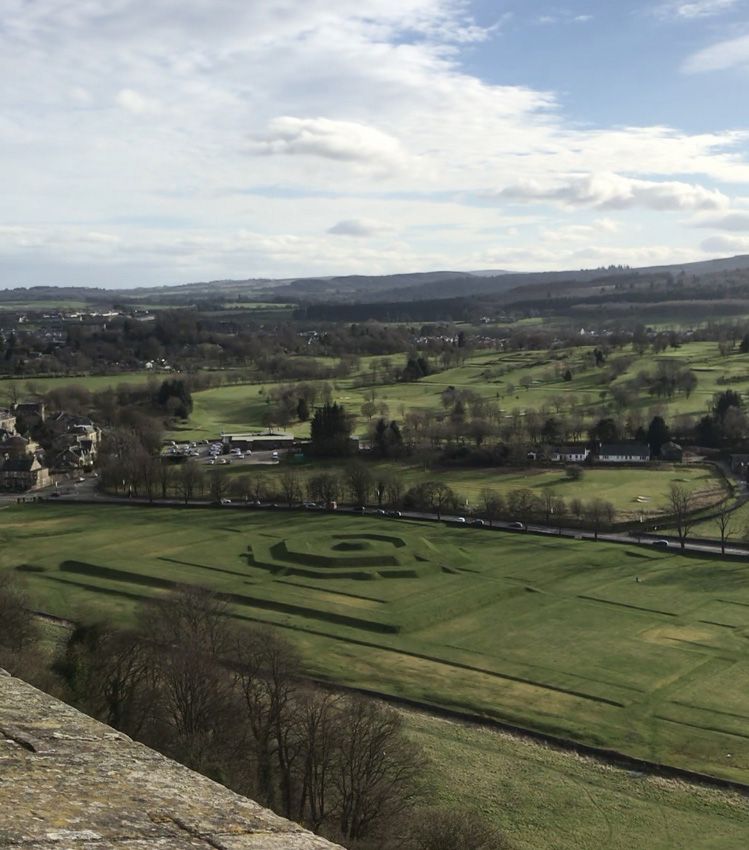
2. John Damian
John Damian was an Italian cleric who promised King James IV immeasurable amounts of money which he would produce by means of secret alchemical processes learned in Italy.
Damian directed the construction of alchemical furnaces at Stirling Castle, receiving aqua vitae (i.e. wine spirits), mercury, ammonium salt, alum, litharge, orpiment, saltpetre, silver, sugar, sulphur, tin, verdigris, vinegar and white lead for this purpose in his laboratories. These are all standard alchemical substances of the medieval period.
Damian never succeeded as an alchemist and to save his name he had to fall back on other ideas. In December 1507, the alchemist declared to the king that he could "fly to France" from Stirling Castle using a pair of artificial wings.
On the day of take-off, Damian arrived bearing huge wings. The entire court attended the event. Damian climbed the wall and jumped off like Buzz Lightyear in the Toy Story movie - and the rest is history. Damian fell, plummeting down, but the good news is that he survived the fall and only broke his leg.

3. Douglas Garden
Named after William Douglas, because King James II threw him out of a window of the old King's building and Douglas was buried here.
In 1452, King James II invited the Earl of Douglas to dinner at the castle in order to iron out their differences. A few years earlier two of Douglas' nephews had been murdered in Edinburgh Castle in a somewhat cruel manner in the presence of the king (an episode known as the Black Dinner of Edinburgh Castle). The dinner with William Douglas was to be a dinner of death, music, entertainment and the finest delicacies; the king wanted the two of them to abandon the rivalry between their houses. When the king saw that William would not listen to reason, he flew into a rage and threw William out of the window. The window can be seen from the courtyard and from inside the building.
4. The christening feast of the future king of Scotland
On 30 August 1594 the christening feast of Prince Henry Stuart, son of James Stuart, was held. This banquet was held in the Great Hall of the castle, where of course the best dishes of Scottish gastronomy would have been served; but the highlight of the event was the presentation of a wooden boat measuring 5.5 metres long by 12 metres high and floating on an artificial sea, from which fish and seafood were served. It also sported 36 cannons on its sides for firing blanks.
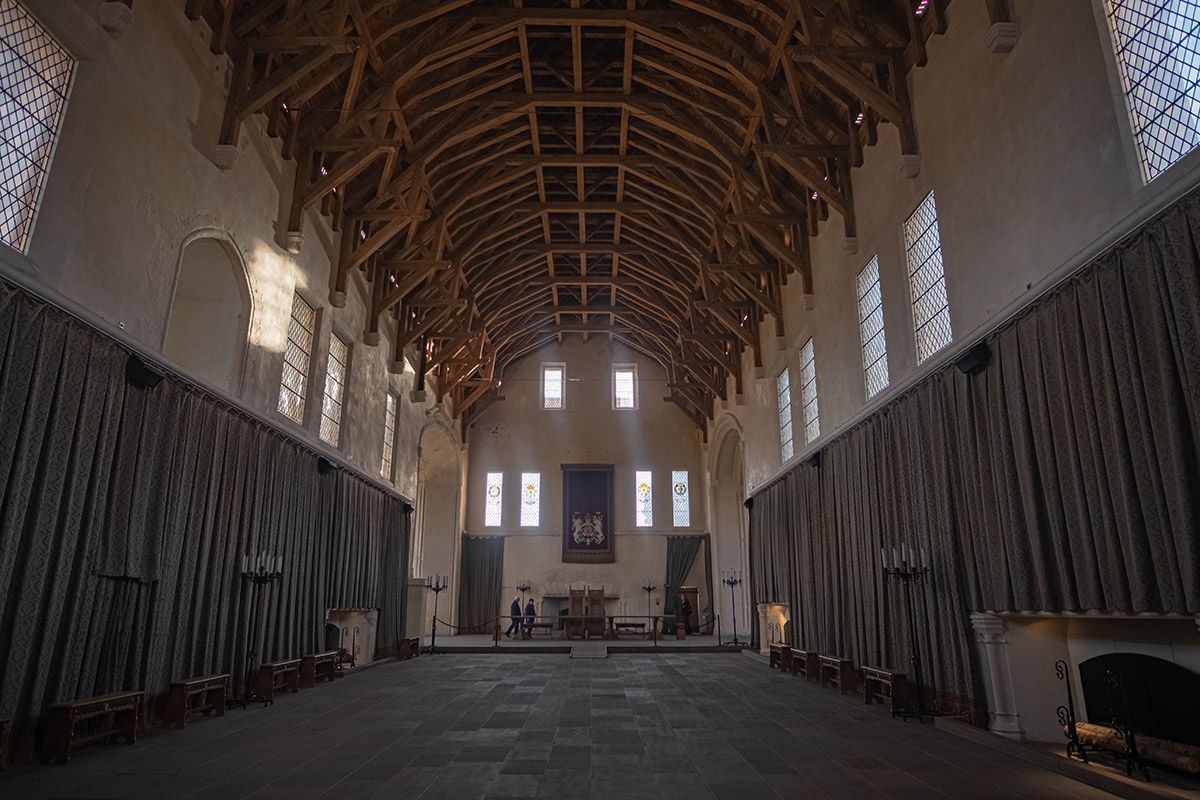
5. Stirling heads
These are a series of carved wooden cartouches, decorated with the heads of queens and courtiers also known as 'Stirling Heads'. Described as 'among the finest examples of Scottish Renaissance wood carving now in existence', the cartouches in the King's apartments are replicas of the Stirling Heads, which were removed after a roof collapse in 1777. Of the estimated 56 original heads, 38 survive. The original 38 are on display in the upper floor of the palace, in a gallery accessed from the inner courtyard.
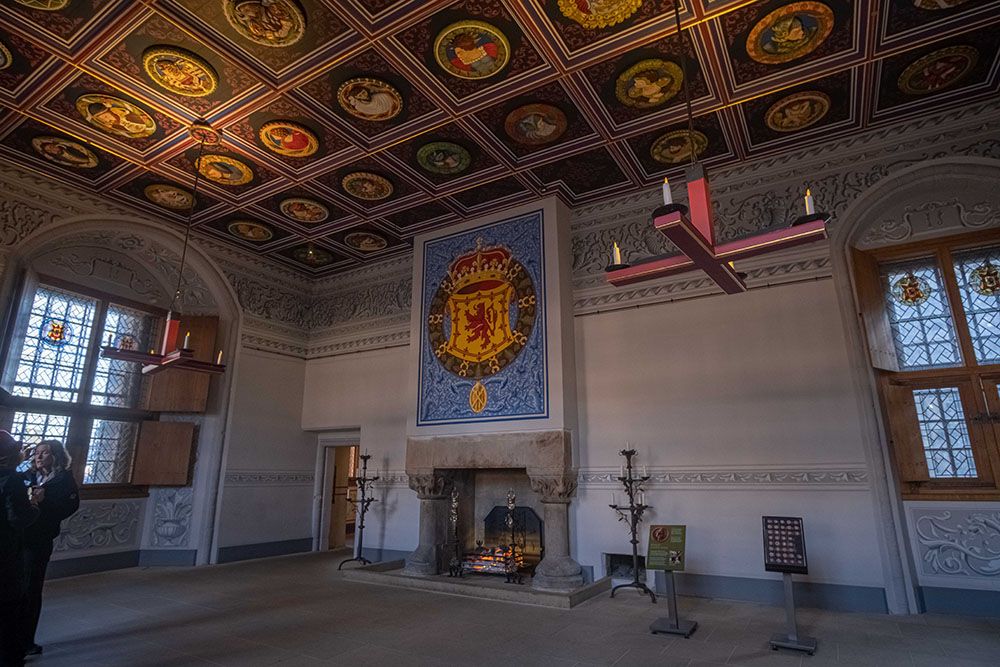
6. The hunt for the unicorn
In the tapestry room we find "The hunt for the unicorn". These tapestries were commissioned by Historic Scotland and were woven in the castle itself, in the area where the stables used to be. The originals used as a model date from the 16th century and can currently be found in the Metropolitan Museum of Art in New York. The creation of the replicas is the work of 11 years (2002 - 2013) and more than 16,000 hours of work.
The set of 7 tapestries is the story of the hunt for the unicorn's horn, which possessed magical powers of purification. The scenes are instructive with rich Christian iconography: the unicorn is an image of Christ, and the maiden represents the Virgin Mary. The climax is reached with the death and rebirth of the unicorn as a representation of the Passion and Resurrection.
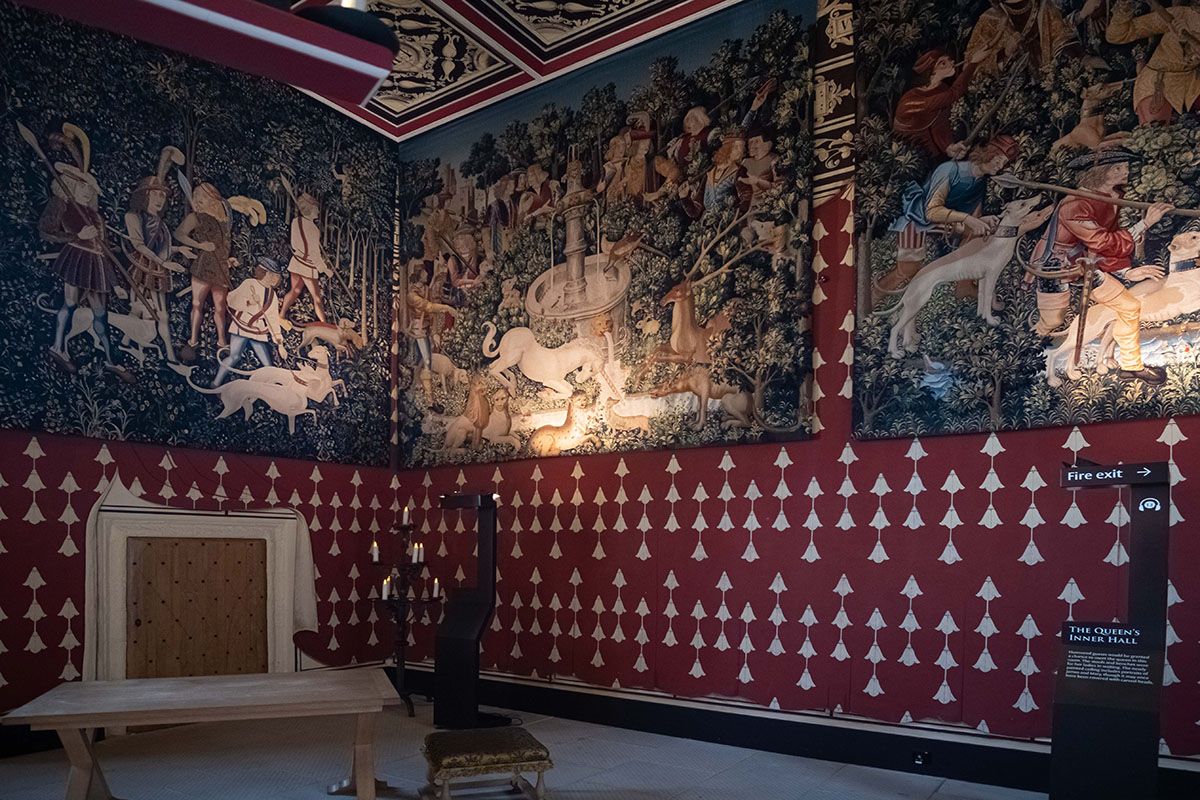
7. Wars of Independence
During the Wars of Independence, 1296-1357, the castle played a very important role, changing hands several times due to its strategic location. In 1296, the first year of these wars, Edward I took the castle without any opposition, as only one soldier was found to be in charge of opening the entrance gates. Just 8 years later, in 1304, Edward I wanted to besiege the castle, which was again in Scottish hands; the Scots surrendered before the planned siege, using 17 engines of war, took place. But as Edward had had a siege weapon built for the occasion, which he had christened the ‘Warwolf’, he ordered a number of Scottish soldiers to be brought inside the castle so he could test his weapon.
8. The world's oldest football
In 1981, a football made of pig's bladder dating back to the 16th century, was found during renovation work. It is known from records that football was already being played at that time and was becoming a popular sport, but the truth is that it was disliked as it was dangerous and led to many injuries. Today the football is housed in the Smith Art Gallery in Stirling.
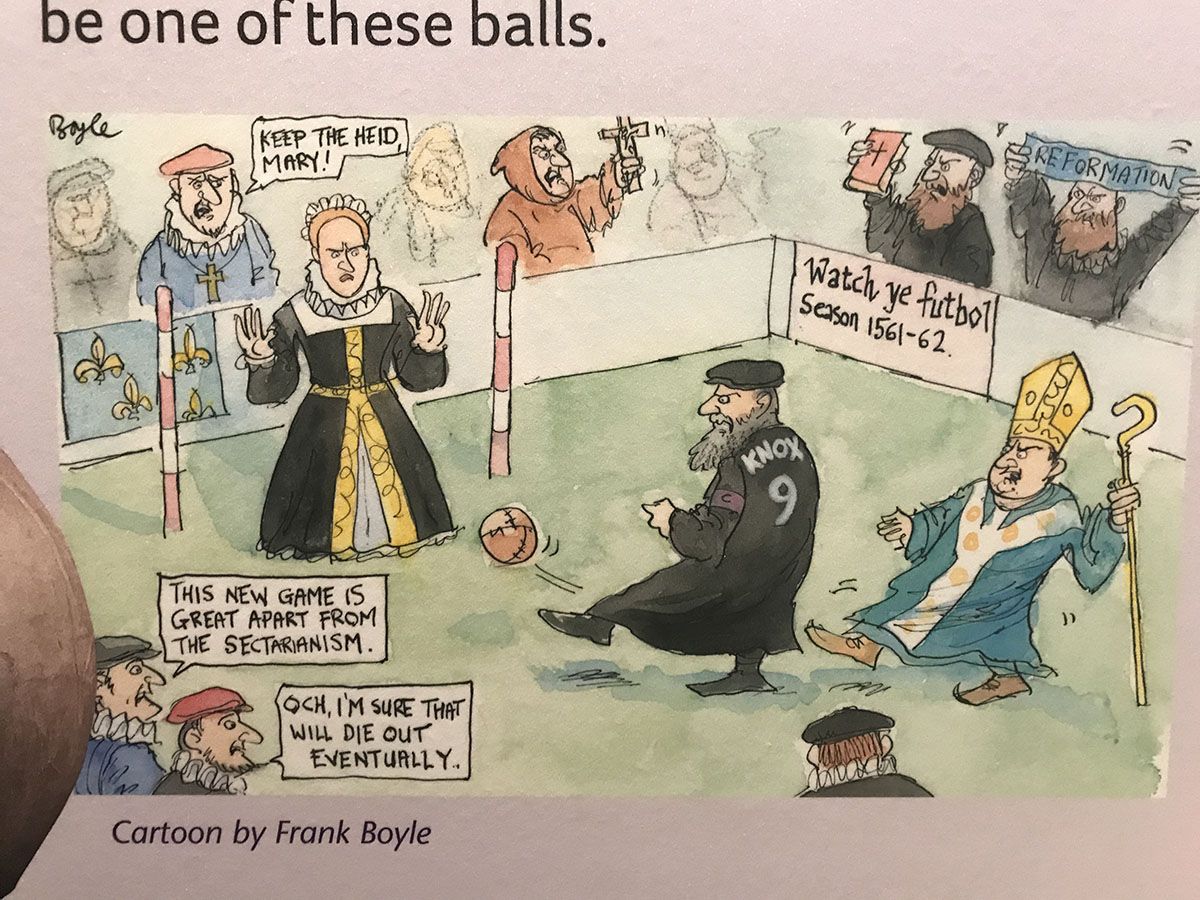
9. Coronation of Mary Stuart
Mary was crowned "Queen of Scots" on 9 September 1543 in the Chapel Royal at Stirling Castle when she was only 9 months old, with crown, sceptre and sword – imagine a baby with all that on her! The ceremony was officiated by Cardinal David Beaton, Archbishop of St Andrews Cathedral.
There are no remains of the chapel, but if you visit Stirling Castle, you can see marks on the floor in the inner courtyard which indicate where it once stood.
10. The castle rock
The rock on which Stirling Castle stands was formed over 350 million years ago after the eruption of a volcano. During the second ice age, the melting ice sculpted the rock which you can see today, making the castle an impregnable fortress from the north and west, as the rock is almost vertical.
The crag has been lived on for 3,000 years and has been inhabited by people from the Romans to Queen Elizabeth II herself, although she probably welcomed the Romans.
11. The Lady in Green
Lady in Blue, Lady in Pink, Lady in White. Stirling Castle is full of female ghosts, but the best known is the Lady in Green.
The Lady in Green is said to have been a servant of Mary Stuart. She was a girl from the Scottish Highlands and had a premonition that if her queen slept in the old fortress one day, she would not live to tell the tale.
On the night of 13 September 1561 Mary was staying at Stirling Castle. The servant decided to spend the night near her queen to protect her, but the night was very long, and the servant fell asleep in such an unlucky position that she brushed against one of the candles next to the queen's bed, and the whole thing went up in flames. Mary was able to save her own life, but the maid died in the fire, thus becoming the ghost called Green Lady.

12. Castle Ghost known as Highland Ghost
The most active ghost at Stirling Castle is the Highland Ghost. On more than one occasion staff and visitors have seen him appear, in full traditional costume. Mistaken for a tour guide on many occasions, visitors are surprised when they approach him and he simply turns and walks away, disappearing before their very eyes.
In 1935, this mysterious ghost was apparently captured by the camera of an architect who was conducting some surveys for upcoming construction work. If you encounter it, don't panic, it won't harm you.
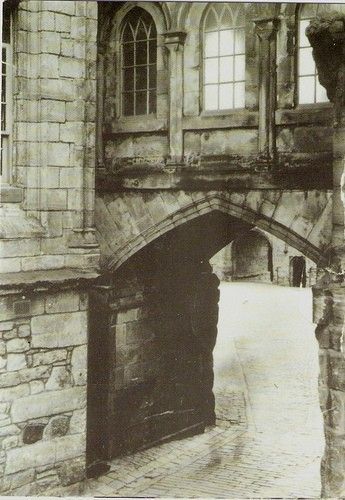
Football, boats, unicorns, ghosts... this castle is full of life and the occasional lost soul. I hope this guide can help you on your visit to Stirling Castle, a magnificent fortress with a fascinating history.